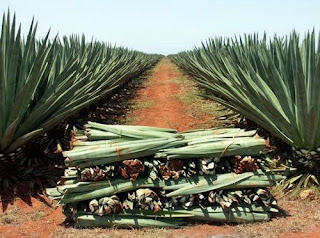Moisture Regain: It is the ratio between the weight of water with the oven dry weight of the material express in percentage.
Moisture Content: It is the ratio between the weight of water with the total weight of the material express in percentage.
Fiber - MR% - MC%
Cotton - 8.5 - 7.34
Jute - 13.75 - 12.1
Viscose - 11.0 - 9.91
Silk - 11.0 - 9.91
Wool - 16.0 - 13.8
Acrylic - 1.5 - 0
Flax - 12.4 - 10.4
Hemp - 12.4 - 10.4
Nylon - 4.0 - 3.1
Polyester - 0.4 - 0
Acetate - 6.0 - 0
Olefin, Polypropylene, Carbon, Graphite, Glass fiber has no Moisture Regain or Moisture Content.
Moisture Content: It is the ratio between the weight of water with the total weight of the material express in percentage.
Fiber - MR% - MC%
Cotton - 8.5 - 7.34
Jute - 13.75 - 12.1
Viscose - 11.0 - 9.91
Silk - 11.0 - 9.91
Wool - 16.0 - 13.8
Acrylic - 1.5 - 0
Flax - 12.4 - 10.4
Hemp - 12.4 - 10.4
Nylon - 4.0 - 3.1
Polyester - 0.4 - 0
Acetate - 6.0 - 0
Olefin, Polypropylene, Carbon, Graphite, Glass fiber has no Moisture Regain or Moisture Content.
Moisture Regain and Moisture Content of Different Fibers
Advertisements
Moisture Regain: It is the ratio between the weight of water with the oven dry weight of the material express in percentage.
Moisture Content: It is the ratio between the weight of water with the total weight of the material express in percentage.
Fiber - MR% - MC%
Cotton - 8.5 - 7.34
Jute - 13.75 - 12.1
Viscose - 11.0 - 9.91
Silk - 11.0 - 9.91
Wool - 16.0 - 13.8
Acrylic - 1.5 - 0
Flax - 12.4 - 10.4
Hemp - 12.4 - 10.4
Nylon - 4.0 - 3.1
Polyester - 0.4 - 0
Acetate - 6.0 - 0
Olefin, Polypropylene, Carbon, Graphite, Glass fiber has no Moisture Regain or Moisture Content.
Moisture Content: It is the ratio between the weight of water with the total weight of the material express in percentage.
Fiber - MR% - MC%
Cotton - 8.5 - 7.34
Jute - 13.75 - 12.1
Viscose - 11.0 - 9.91
Silk - 11.0 - 9.91
Wool - 16.0 - 13.8
Acrylic - 1.5 - 0
Flax - 12.4 - 10.4
Hemp - 12.4 - 10.4
Nylon - 4.0 - 3.1
Polyester - 0.4 - 0
Acetate - 6.0 - 0
Olefin, Polypropylene, Carbon, Graphite, Glass fiber has no Moisture Regain or Moisture Content.
Advertisements












